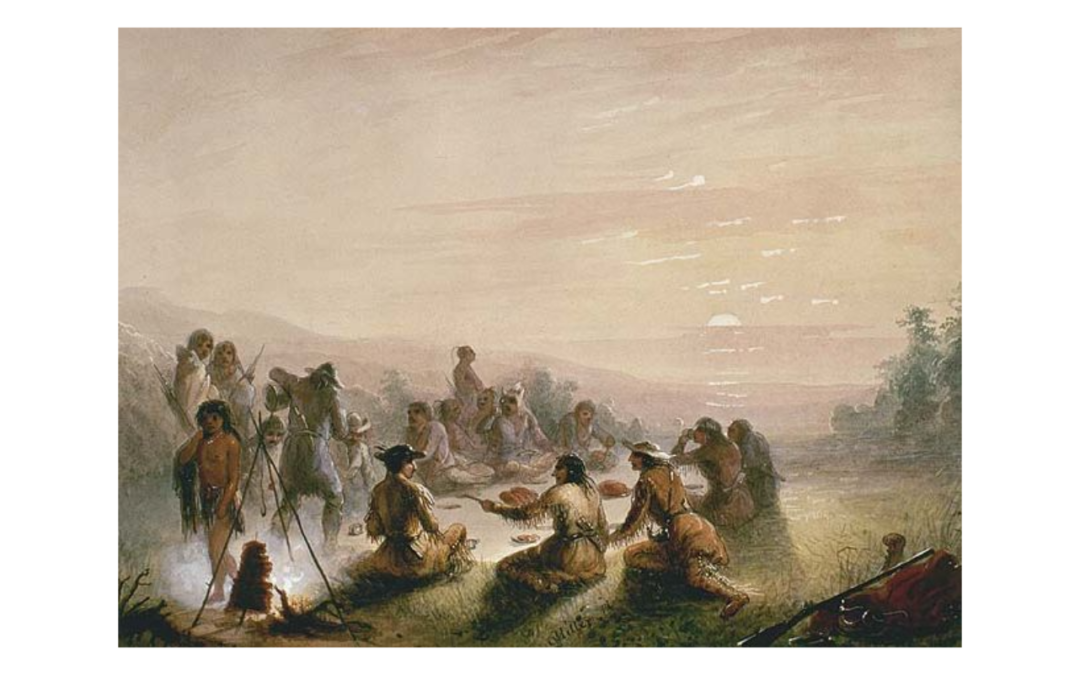 Miller’s in Breakfast at Sunrise looks picnicky, but it’s how adventurers and hunters dined in the wild. As a camp artist for Capt. William Drummond Stewart, a Scottish adventurer, Miller The hunters’ usual mess was served on a waterproof India...
Miller’s in Breakfast at Sunrise looks picnicky, but it’s how adventurers and hunters dined in the wild. As a camp artist for Capt. William Drummond Stewart, a Scottish adventurer, Miller The hunters’ usual mess was served on a waterproof India...
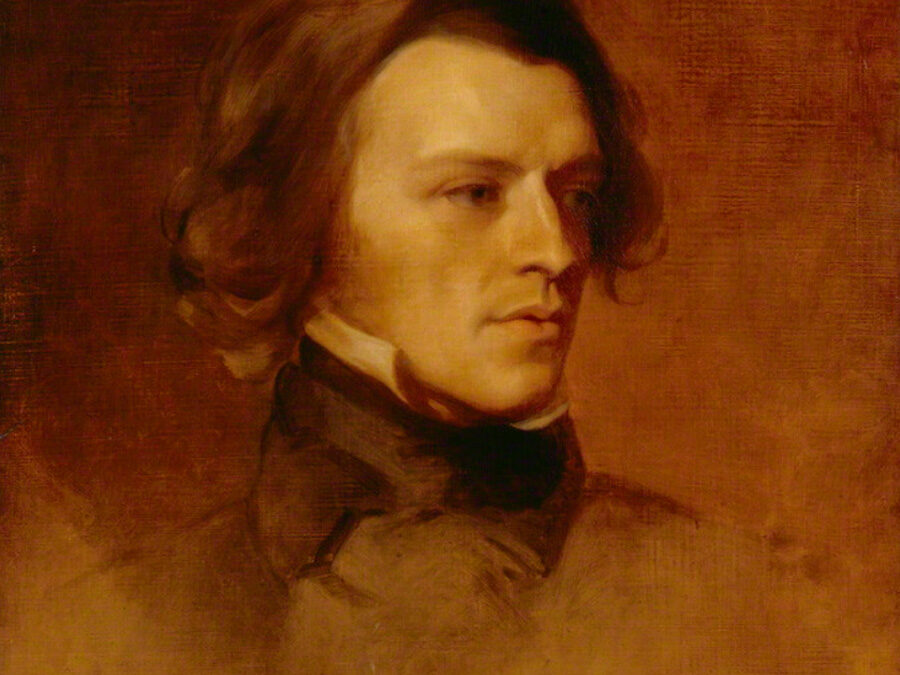 It’s one of Tennyson’s most popular shorter poems and is so sincere that readers believe Audley Court is a real place and search for it in the environs of Cambridge. The opening lines are among Tennyson’s most remembered. The Bull, the Fleece are...
It’s one of Tennyson’s most popular shorter poems and is so sincere that readers believe Audley Court is a real place and search for it in the environs of Cambridge. The opening lines are among Tennyson’s most remembered. The Bull, the Fleece are...
 Seymour’s picnics are comic as in Unpacking for a Pic-Nic and “—A merry holiday party, forming a tolerable boat-load, and well provided with baskets of provisions, were rowing along the beautiful and picturesque banks that fringe the river’s side...
Seymour’s picnics are comic as in Unpacking for a Pic-Nic and “—A merry holiday party, forming a tolerable boat-load, and well provided with baskets of provisions, were rowing along the beautiful and picturesque banks that fringe the river’s side...
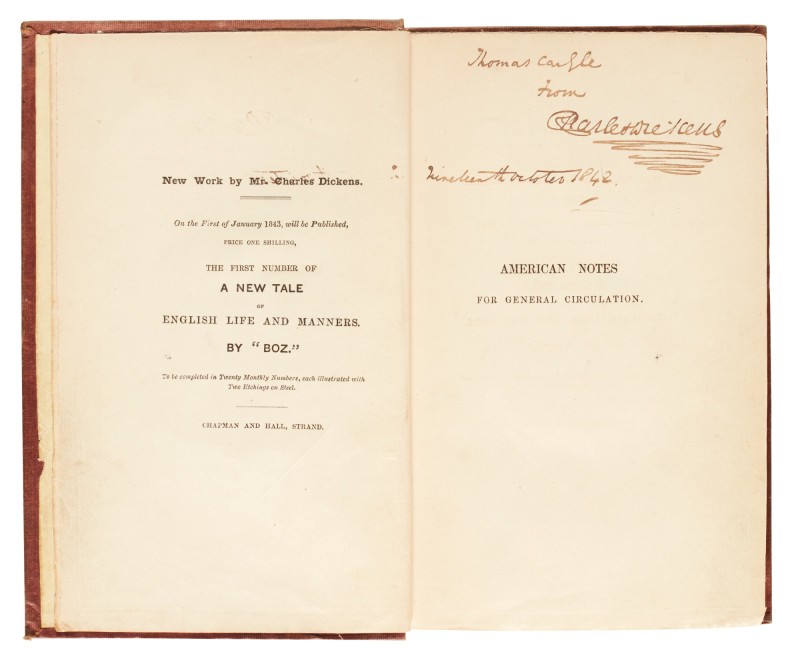 “A Jaunt to the Looking-Glass Prairie and Back” left Dickens with mixed feelings. The weather was hot and the journey tedious, but the picnic on Looking-Glass Prairie” was something Dickens wanted, mostly because he had been told that any sightseer...
“A Jaunt to the Looking-Glass Prairie and Back” left Dickens with mixed feelings. The weather was hot and the journey tedious, but the picnic on Looking-Glass Prairie” was something Dickens wanted, mostly because he had been told that any sightseer...
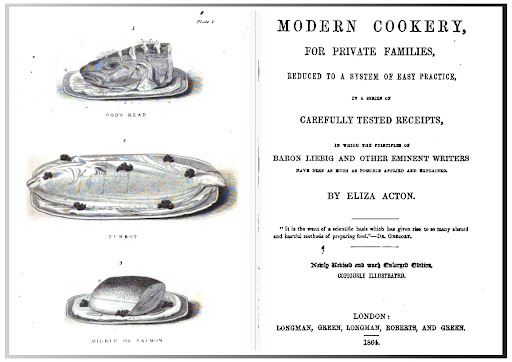 Eliza Acton’s recipe for lobster salad is contemporary with Gilbert & Sullivan’s Thespis. Lobster Salad. First, prepare a sauce with the coral of a hen lobster, pounded and rubbed through a sieve, and very gradually mixed with a good mayonnaise,...
Eliza Acton’s recipe for lobster salad is contemporary with Gilbert & Sullivan’s Thespis. Lobster Salad. First, prepare a sauce with the coral of a hen lobster, pounded and rubbed through a sieve, and very gradually mixed with a good mayonnaise,...
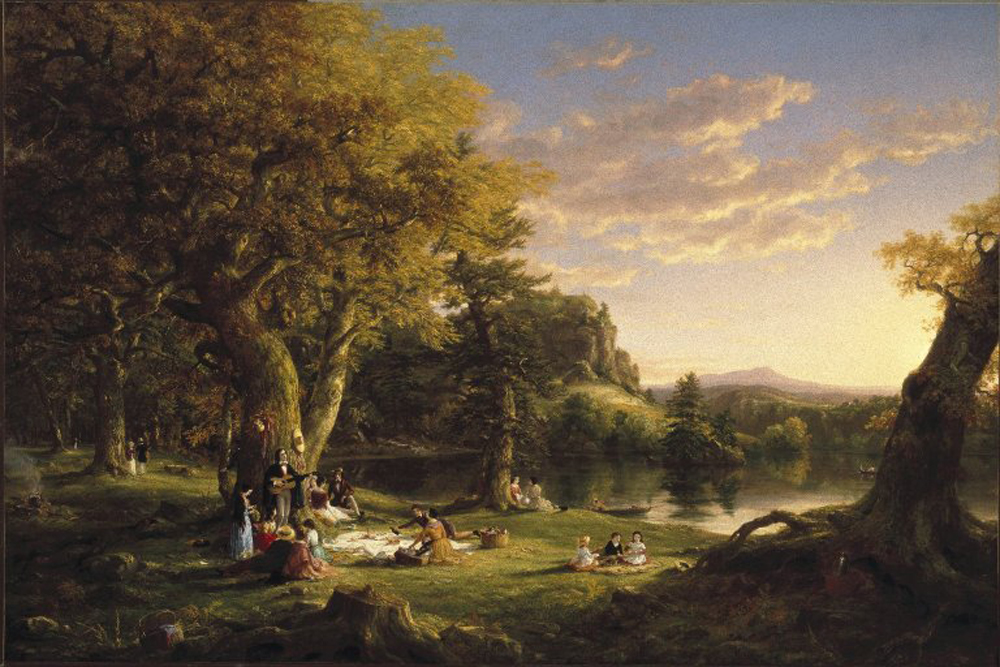 Cole’s Pic-Nic Party is a standout for its joie de vivre. It’s not just another of Cole’s numerous “sylvan” scenes,” which his hyperbolic biographer Louis Noble described as being “all American, wide, bright polished water,...
Cole’s Pic-Nic Party is a standout for its joie de vivre. It’s not just another of Cole’s numerous “sylvan” scenes,” which his hyperbolic biographer Louis Noble described as being “all American, wide, bright polished water,...
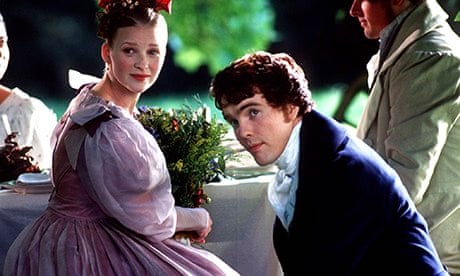 “Blissful” is Dickens’s word to describe Copperfield’s tenderest memories of Dora Spenlow’s picnic birthday party. He’s about nineteen and obsessed, getting up before 6 AM to buy flowers, so they are fresh. The picnic is near...
“Blissful” is Dickens’s word to describe Copperfield’s tenderest memories of Dora Spenlow’s picnic birthday party. He’s about nineteen and obsessed, getting up before 6 AM to buy flowers, so they are fresh. The picnic is near...
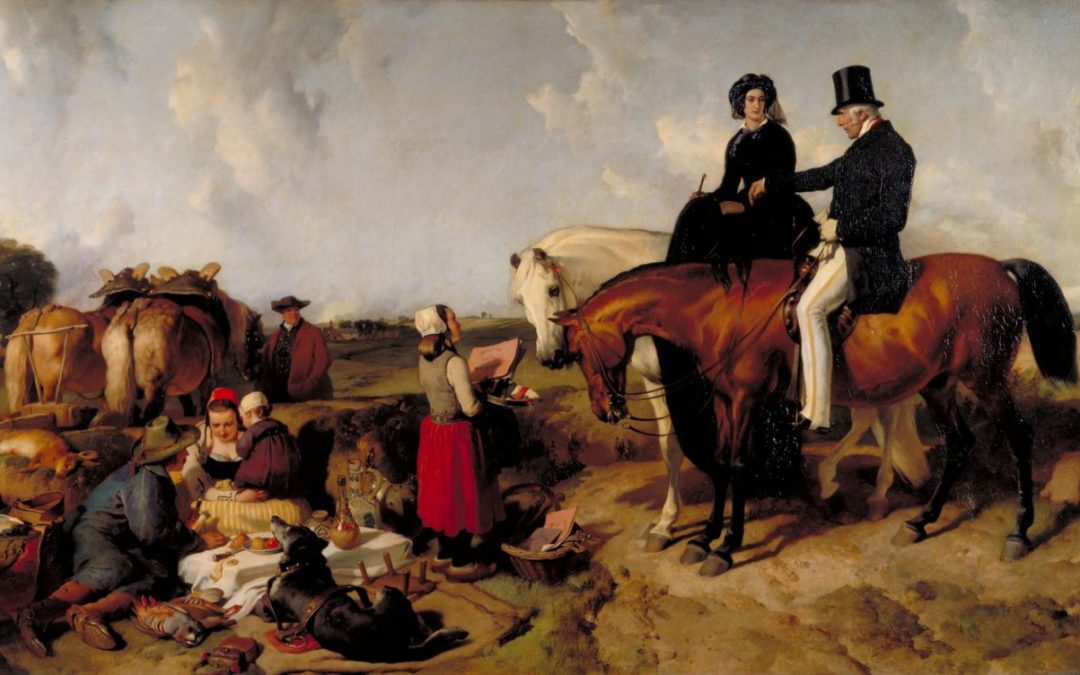 Landseer’s A Dialogue at Waterloo is a portrait of Arthur Wellesley, Duke of Wellington, and his daughter-in-law, Lady Douro, visiting the battlefield. As the Duke describes the scene as thirty-five years before, they are accosted by a young peasant girl selling...
Landseer’s A Dialogue at Waterloo is a portrait of Arthur Wellesley, Duke of Wellington, and his daughter-in-law, Lady Douro, visiting the battlefield. As the Duke describes the scene as thirty-five years before, they are accosted by a young peasant girl selling...
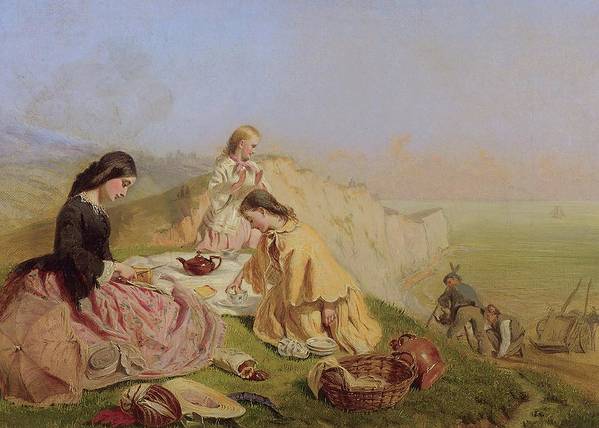 Three couples picnic on the edge of what looks like the cliffs in Dover. The women settle the picnic cloth while the men tend the campfire. Hicks flourished during the late 1850s through the end of the century, principally as a portrait and genre painter.
Three couples picnic on the edge of what looks like the cliffs in Dover. The women settle the picnic cloth while the men tend the campfire. Hicks flourished during the late 1850s through the end of the century, principally as a portrait and genre painter.
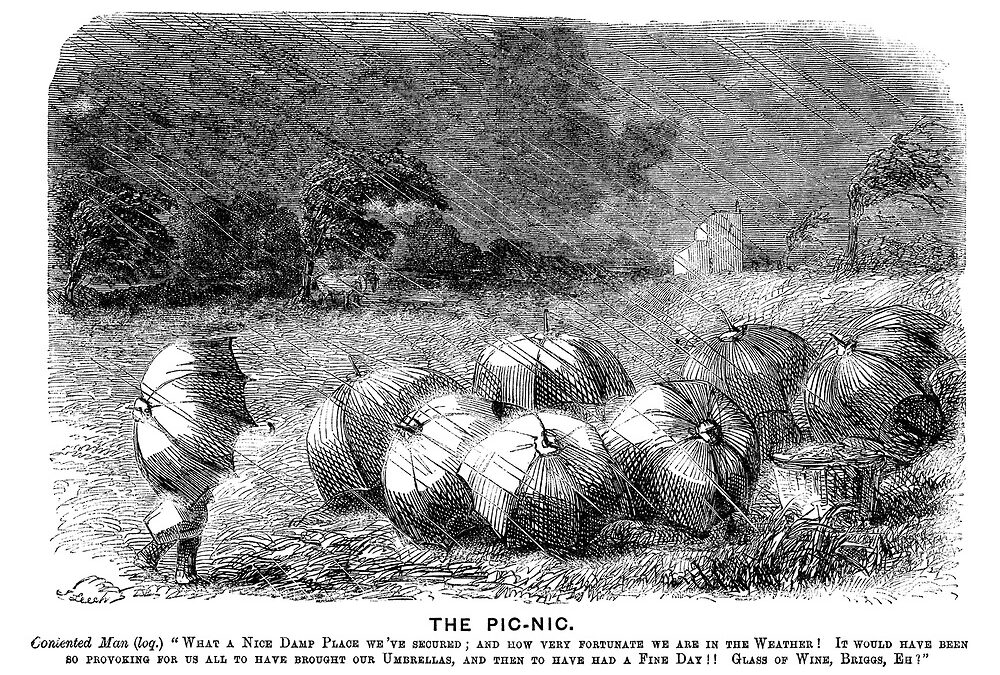 For whom a rainy day will not stop the picnic, Stoic Brits are the butt of Leech’s satiric humor. Visually, you see a group of umbrellas in an open field lashed by rain. The legend is, “What a nice damp place we have secured; and how very fortunate we are...
For whom a rainy day will not stop the picnic, Stoic Brits are the butt of Leech’s satiric humor. Visually, you see a group of umbrellas in an open field lashed by rain. The legend is, “What a nice damp place we have secured; and how very fortunate we are...











